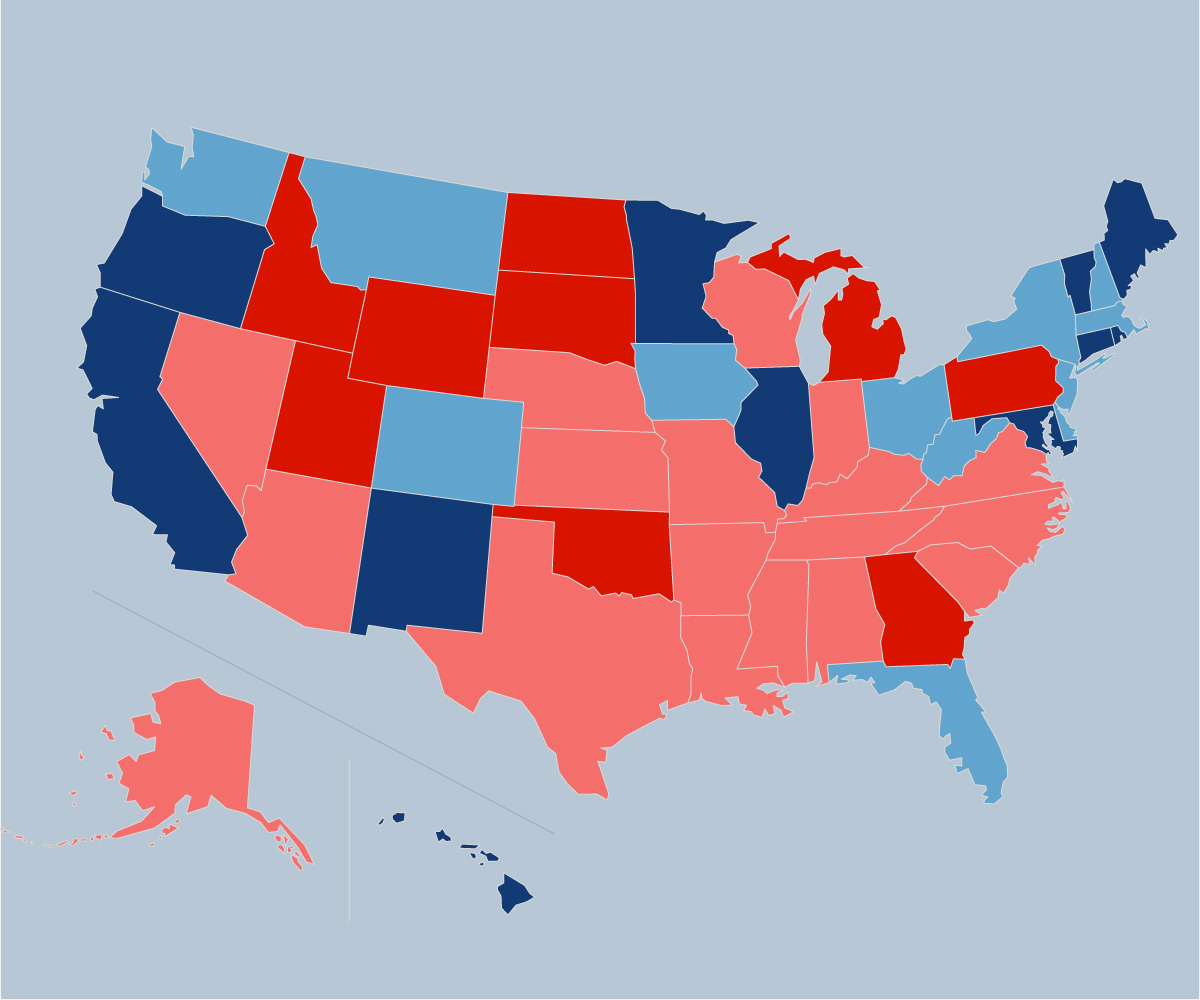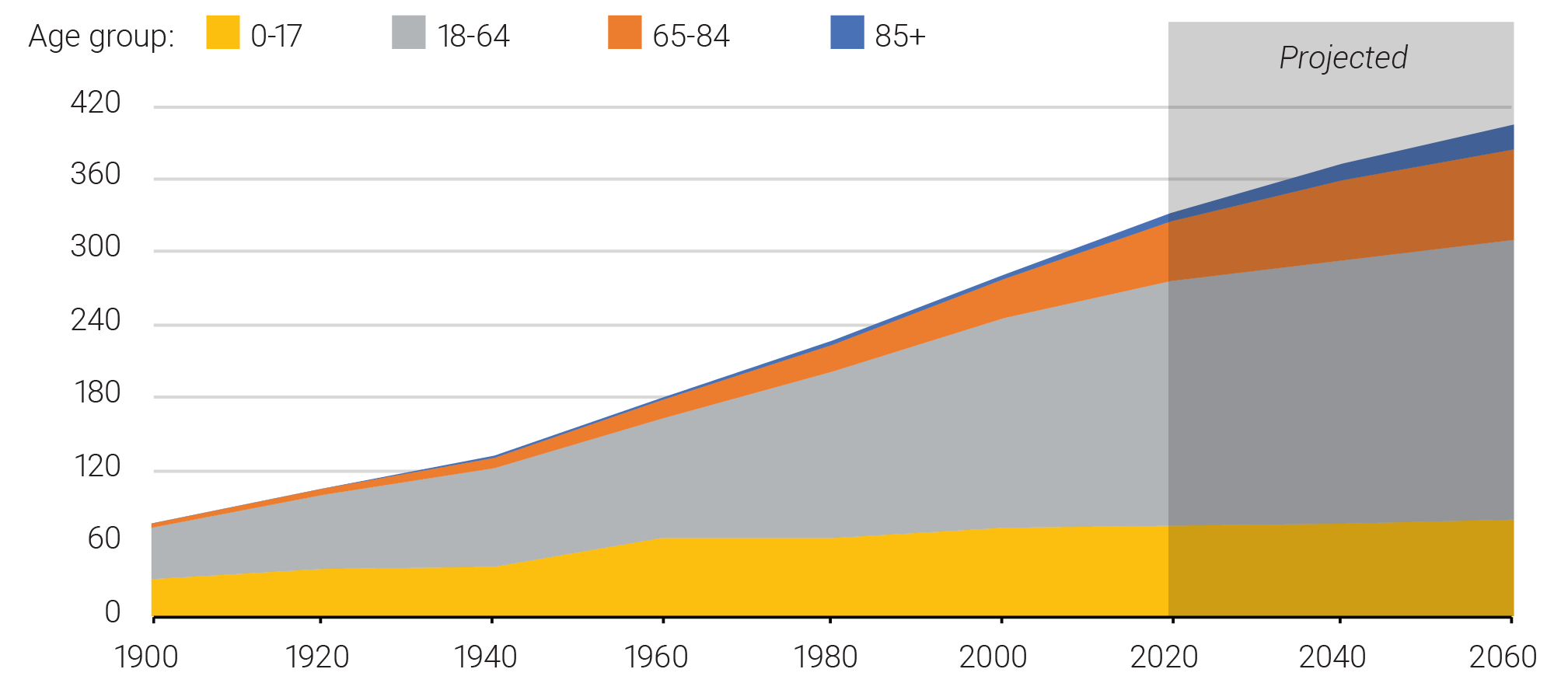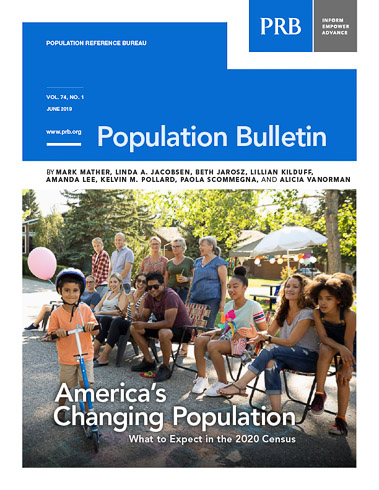
Resource Library
Good decisions require good data and information. Search the Resource Library for data and policy products on population, health, and environment issues. Browse collections, explore policy briefs, watch videos, and put the data in context.

Project: Center for Public Information on Population Research (CPIPR)
The Best Years of Their Lives? Young Adults Reported More Anxiety Than Older Adults During Pandemic, Despite Lower Health Risks
The anxiety age gap between young and older adults grew during the COVID-19 pandemic, PRB analysis finds

Project: Center for Public Information on Population Research (CPIPR)
Life Expectancy Is Increasingly Tied to a State’s Policy Leanings
Life expectancy is increasingly tied to a state's policy direction, says new analysis of U.S. Mortality Database.

How Poverty in the United States Is Measured and Why It Matters
A major goal of the White House’s Build Back Better Act is to reduce poverty in America. But how do we define and measure poverty—and what are the consequences?

Which U.S. States Have the Oldest Populations?
While southern states are regarded as retirement magnets, eight of the 10 states with the highest percentages of older residents are not in the South. What’s driving these regional patterns?

How Many People in the United States Are Experiencing Homelessness?
(2020) The economic effects of the coronavirus pandemic in the United States include an unemployment rate higher than at any time in the country’s history—including the Great Depression. As an unprecedented number of Americans struggle with job loss, many of them may lose their homes. Many others may lose their homes due to natural disasters or other crises.

Disasters Raise Risk of a Homeless Undercount in 2020 Census
The 2020 Census count of people experiencing homelessness takes place in the middle of peak wildfire and hurricane seasons—and the coronavirus pandemic—making a complicated process even more challenging.

The U.S. Population Is Growing Older, and the Gender Gap in Life Expectancy Is Narrowing
The current growth of the population ages 65 and older is unprecedented in U.S. history and has important implications for policymakers.

U.S. Homeownership Rates Fall Among Young Adults, African Americans
Since 2010, homeownership rates for most racial/ethnic groups have held steady or increased, but the rate for blacks has continued to drop, especially among young adults.

Population Bulletin, Vol. 74, No. 1: America’s Changing Population
Population Bulletin 74, No. 1 This Bulletin provides a preview of 2020 Census results—identified through data from surveys, population estimates, and projections—and an overview of key population and housing trends.

Eight Demographic Trends Transforming America’s Older Population
(2018) A new publication from the National Academies of Sciences, Engineering, and Medicine identifies eight key demographic trends shaping the rapidly growing U.S. population ages 65 and older—projected to nearly double from 51 million in 2017 to 95 million by 2060.
